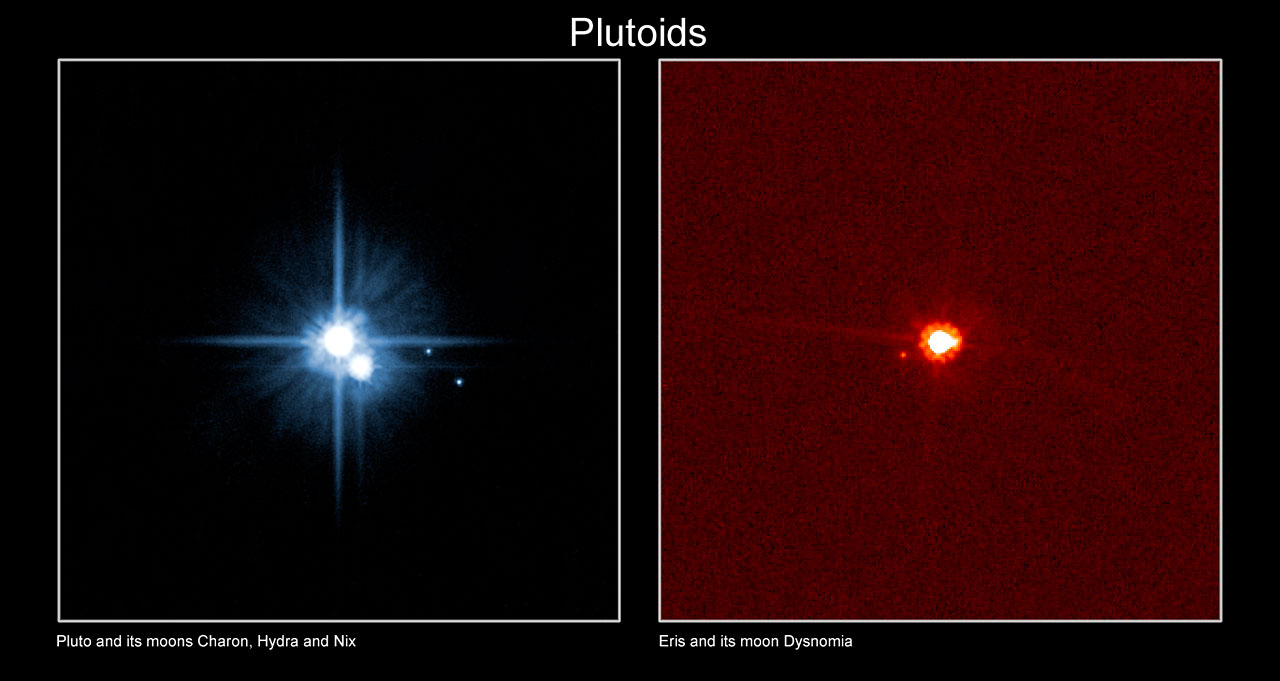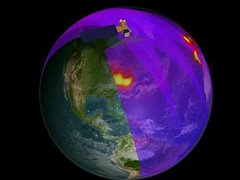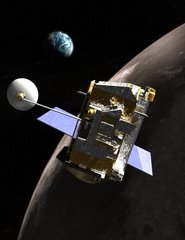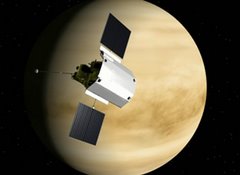
It was just two years ago when the International Astronomical Union (IAU) demoted Pluto from a planet to a dwarf planet. This caused some havoc to many people who grew up knowing Pluto was the ninth planet. Besides having to start teaching children the 'new' Solar System, textbooks and activities would have to be rewritten to indicate its new title as a transneptunian dwarf planets or a dwarf planet.
A dwarf planet was described as: "a celestial body that (a) is in orbit around the Sun, (b) has sufficient mass for its self-gravity to overcome rigid body forces so that it assumes a hydrostatic equilibrium (nearly round) shape2 , (c) has not cleared the neighbourhood around its orbit, and (d) is not a satellite."(http://www.iau2006.org/mirror/www.iau.org/iau0603/index.html).
Once again the IAU has changed Pluto's designation. Pluto is notw a Plutoid. "Plutoids are celestial bodies in orbit around the Sun at a distance greater than that of Neptune that have sufficient mass for their self-gravity to overcome rigid body forces so that they assume a hydrostatic equilibrium (near-spherical) shape, and that have not cleared the neighbourhood around their orbit. Satellites of plutoids are not plutoids themselves, even if they are massive enough that their shape is dictated by self-gravity." (http://www.iau.org/public_press/news/release/iau0804/)
At this time there are only two objects designated as Plutiods. The first is Pluto, and the other is Eris. The dwarf planet Ceres, located between Mars and Jupiter, is not considered a Plutiod. As more dwarf planets are discovered, they may too join the ranks of Pluto and Eris as a Plutiod.





No comments:
Post a Comment